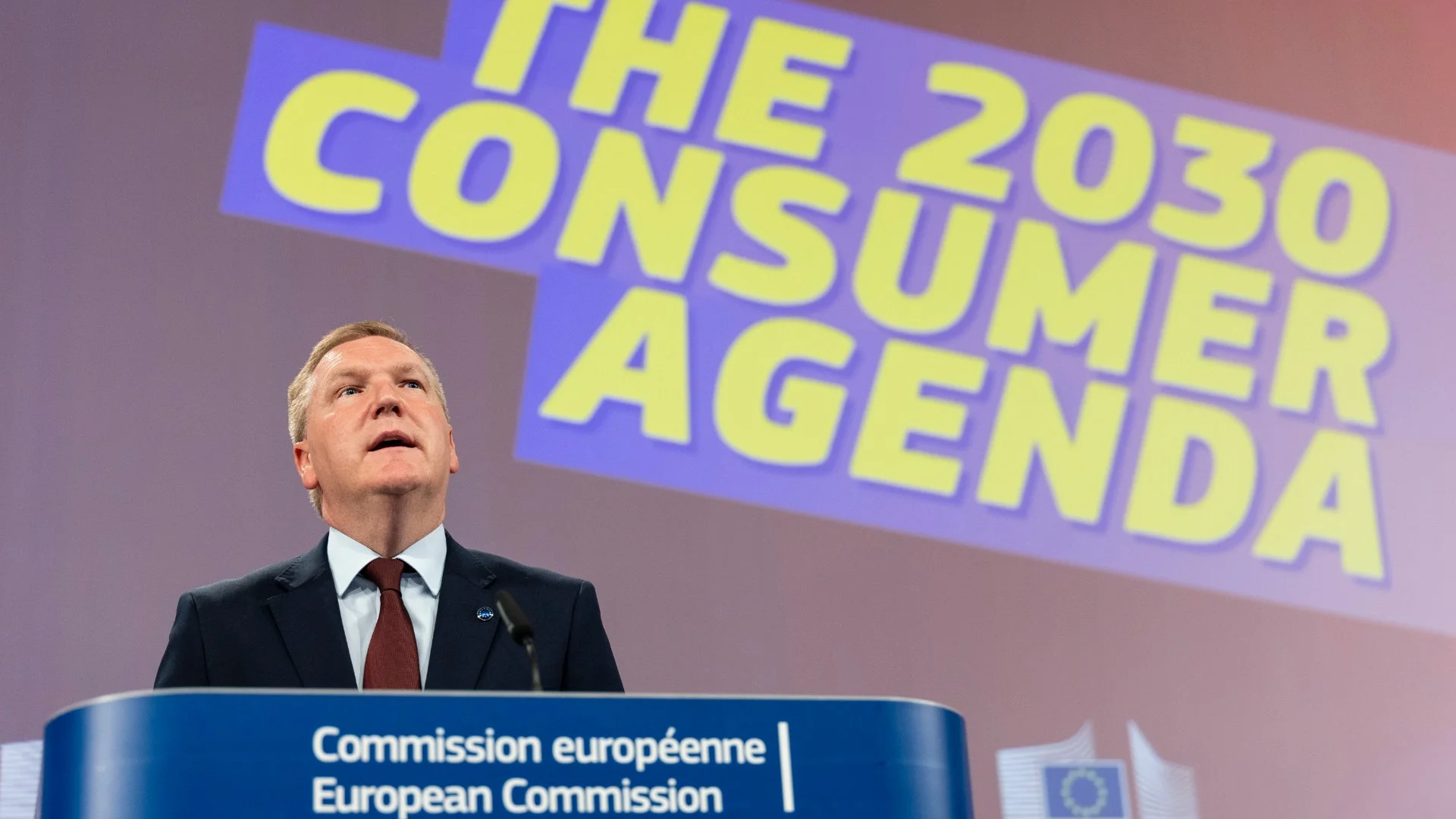Digital Fairness Act (DFA)
The Digital Fairness Act (DFA) is the European Commission’s planned consumer-protection initiative to strengthen digital fairness online, covering manipulative interface design (dark patterns), misleading influencer marketing, addictive design, and unfair personalisation practices, with particular attention to minors. This site curates primary sources and tracks the DFA from consultation to proposal and negotiations.
Key Facts on the
Digital Fairness Act
Status: Commission preparation phase (proposal not yet tabled)
Indicative proposal timing: Q4 2026 (Commission planning)
Public consultation: 17 Jul – 24 Oct 2025
Scope: dark patterns, influencer marketing, addictive design, unfair personalisation; special attention to minors
Evidence base: Digital Fairness Fitness Check (SWD, 2024)
Lead Commissioner: Michael McGrath (Democracy, Justice & the Rule of Law)
Primary sources: Consultation - Fitness Check
Last updated: Dec 2025
Start Here
What is the Digital Fairness Act? →
Plain-English overview of the Digital Fairness Act (DFA): what it is, what it targets, and why it matters.
Public Consultation →
The Commission consultation: key dates, questionnaire, and related documents.
DFA Timeline →
Major milestones and developments, updated as the DFA process moves forward.
Digital Fairness Fitness Check →
The evidence base: the Commission’s analysis and key findings behind the DFA.
26/11/2025
19/11/2025
24/10/2025
What is the Digital Fairness Act? →
The Digital Fairness Act is an upcoming EU legislative proposal which will regulate Dark Patterns, Influencer Marketing, Addictive Design, and digital contracts.
It has not been tabled yet but is expected to be presented by Michael McGrath, Commissioner for Democracy, Justice and Rule of Law.
The EU Commission acknowledged the need for a Digital Fairness Act in their Digital Fairness Fitness Check Report. The European Parliament called for the need for additional consumer protections regarding addictive design on digital platforms in their Resolution on Addictive Design and Resolution on the Protection of Minors Online.
Who Are We? →
Welcome to digitalfairnessact.com, your go-to hub for all things related to the Digital Fairness Act. My mission is to provide clear information to help journalists, academics, policymakers, and interested citizens understand this important upcoming legislation. This project is maintained by James Tamim, under the European Digital Policy Initiative.
Digital Fairness Act Frequently Asked Questions
-
The EU Digital Fairness Act (DFA) is a forthcoming consumer-protection initiative to curb manipulative interface design (“dark patterns”), misleading influencer marketing, “addictive design” features, unfair personalisation and pricing practices, and subscription/cancellation traps, with a strong focus on the protection of minors online. It is designed to complement existing EU consumer law.
-
Expect broad B2C coverage across the digital economy: online platforms and marketplaces; e-commerce and travel; apps, games and app stores; streaming/subscription services; telecoms and connected devices; and influencer advertising. The precise scope and any SME-proportionate obligations will be defined in the Commission proposal.
-
The European Commission has not announced the legal instrument (Regulation or Directive).
-
Very likely. EU consumer rules typically follow a market-location approach: if you target or serve consumers in the EU, the rules apply, supported by cross-border enforcement via the Consumer Protection Cooperation (CPC) network. The final territorial scope will be confirmed in the proposal.
-
The Commission will table the DFA in late 2026.
-
The European Commission (DG JUST) will propose the law within its consumer-protection portfolio, then the Council and European Parliament will negotiate and (potentially) adopt it.
-
They’re complementary. The DSA sets rules for intermediary services and already bans manipulative interfaces by online platforms (Article 25) and includes guidance to protect minors. The DFA is expected to fill consumer-law gaps beyond platforms, for example, subscription and cancellation flows, drip pricing, influencer marketing, and addictive design, without reopening the DSA.
-
The AI Act regulates AI systems (risk-based obligations, transparency and certain prohibitions). The DFA would govern consumer-facing commercial practices at the interface/contract level, potentially including AI-driven personalisation or nudging.
-
The DFA builds on the Commission’s Fitness Check of EU consumer law, which found gaps for digital contexts. It is expected to clarify or strengthen the Unfair Commercial Practices Directive (UCPD), Consumer Rights Directive (CRD) and Unfair Contract Terms Directive (UCTD) in areas like interface-level manipulation, complex subscription flows and pricing. CPC Regulation mechanisms support coordinated cross-border enforcement.
-
The Consumer Agenda 2025–2030 is the Commission’s strategy for consumer policy. Priorities include digital fairness, stronger enforcement, and child protection online. It provides the policy context for initiatives like the DFA.
-
An own-initiative report of the European Parliament calling for stronger protection of children online, including age-appropriate design and effective age-assurance. It is expected to urge the Commission to act swiftly via DSA guidance and future legislation such as the DFA.
-
Dark patterns are deceptive or manipulative design choices that distort user decisions, e.g., obstructive cancellation flows, fake urgency, confusing consent, or pre-checked boxes. DSA Article 25 already prohibits such interfaces by online platforms; the DFA is expected to address them more broadly across B2C services.
-
Addictive design refers to interface features engineered to maximise time/engagement, for example endless reward loops, constant notifications or design patterns that make stopping hard. EU policymakers have flagged these risks, particularly for minors, and the DFA is assessing options to curb them.
-
This is under consideration. Parliament and the Commission have highlighted infinite scroll and autoplay as potentially harmful or addictive, especially for young people. The DFA could restrict such features (e.g., default-off, clearer controls, or age-appropriate settings). Whether they are banned outright will depend on the final DFA text.




